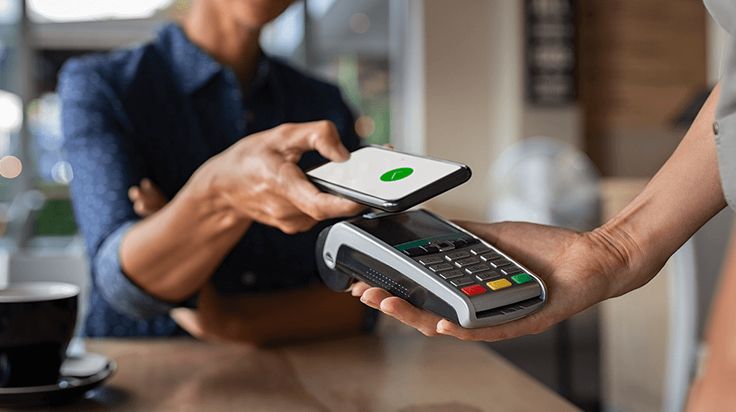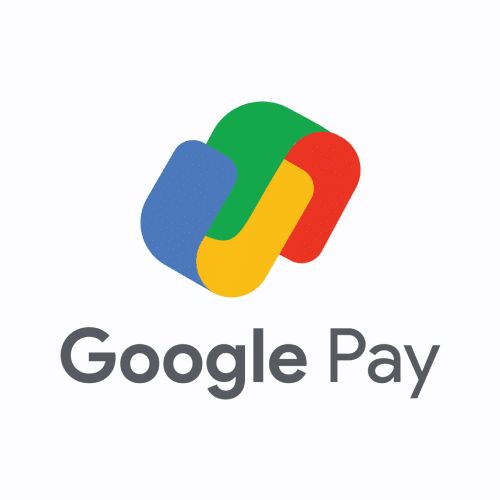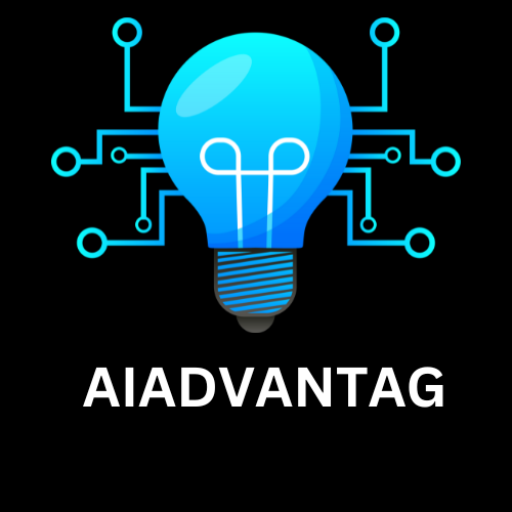Whenever we are performing an online transaction, the payment is also transfer one bank to another bank. There are various payment systems available in E-commerce.
Types of Payment Systems :
While performing transactions in traditional commerce, the user can use one of the following payment systems.
- Cash
- Checking Transfer
- Stored Value
- Credit card
- Accumulating Balance
Cash –
Cash is the most common form of payment system for number of transactions. It is a legal tender defined by a national authority that represents some value. It is instantly convertible into other forms of value without any intermediate institution.

Advantages:
- Cash is portable.
- The use of cash doesn’t require any authentication.
- The use of cash is free that is the user doesn’t need to pay any additional fees.
- There is no financial risk for the merchant.
- No expensive special hardware is required to complete a sale.
Disadvantages:
- Cash is limited to smaller transactions only.
- Cash doesn’t provide any float. (A float is a time period between a purchase and
- actual payment of the purchase)
- There is no security against unauthorized use.
Checking Transfer:
Checking transfer is another commonly used payment system. With checking transfer. the funds are transferred directly using a signed draft or check from the customer’s account to a merchant’s account.
Advantages:
- Checks are used for both smaller as well as larger transactions but generally it is used for large transactions.
- The unspent balance can earn interest which is not there in cash.
- It provides security than cash because it requires authentication.
Disadvantages:
- Checks can be forged more easily.
- Checks require third party institute to work.
- Checks require authentication and can’t be anonymous.
- Checks can be cancelled before it clears the account.
- Checks can be bounce if there is not enough balance in the account.
- It has some float.
Credit card:
A credit card defines an account that extends credit to consumers. It allows customers to purchase items while deferring payments. Credit cards are issued by the banks that set standards by the credit card associations such as Visa or Master Card.

The issuing banks issues card, process transactions receive payment, calculate charges and interest. Other third party called processing centers or clearing house handles verification of accounts and balances.
Advantages:
- Credit cards offer customers a float.
- It is widely accepted payment system.
- Credit cards allow customers to make small and large purchases.
- With credit card, customers need not have to pay instantly until receiving a bill after 30 days.
Disadvantages:
- Users of the credit card have to pay some additional transaction fees.
- With credit cards, customers can repudiate their purchases which raise the risk for merchants.
Stored Value:
The most commonly used stored value payment system is Debit card Using stored value, customers’ accounts are credited with the balance and from that funds can be withdrawn as needed.
It is similar to a checking transfer with only on difference that it doesn’t need a paper check. Stored value payment system include. Smart cards and gift cards also. Use of stored value is dependent on the available in the account.
Advantages:
- It is used for both small as well as larger transactions.
- It is convenient mode of payment.
- It reduces the risk of theft.
Disadvantages:
- The purchases with stored values payment system are instant.
- It doesn’t provide any float.
- It involves transaction fees for large purchases.
- Merchants need a hardware device to process data on the card.
Accumulating Balance:
With accumulating balance payment system, customers make periodic payment for the purchase. Using this type of payment system customer’s account is accumulated over a specified period and then is paid in full at the end of the period.
Advantages:
- It is convenient payment method for customer.
Disadvantages:
- It includes interest paid by the customer.
E-commerce Payment Systems:

When you purchase goods and services online, you pay for them using an electronic medium. This mode of payment, without using cash or cheque, is called an commerce payment system and is also known as online or electronic payment systems.
The growing use of internet-based banking and shopping has seen growth of various e-commerce payment systems and technology has been development to increase, improve and provide secure e-payment transactions.
Paperless e-commerce payments have revolutionized the payment processing reducing paper work, transaction costs, and personnel cost. The systems are friendly and consume less time than manual processing and help businesses their market reach.
There are various e-commerce payment systems available.
- Online Credit card transactions
- Digital Wallet
- Digital Cash
- Online stored value payment system
- Digital accumulating balance payment system
- Digital checking payment system
- Wireless payment system
Online credit card transaction:
Online credit card transactions are the most common way of online payment. The online credit card transactions are processed in the same way as the traditional card transaction.
But with online credit card, signature is not required as well as no card impression is also taken. While performing online credit card transaction, five parties are involved in transaction that are customer, merchant, customer’s card issuing bank, merchant’s bank and the clearinghouse.
Online credit card transaction has following steps:
- When customer purchases any item, he or she adds it to the cart.
- When customer wants to pay, a secure tunnel is created between client and server using SSL.
- The customer enters his or her card information.
- This information is received by the merchant.
- The merchant’s software contacts clearinghouse.
- It verifies customer’s account and balance.
- Once it is verified, the issuing bank credits the amount of the merchant and debits the amount from customer’s account.
Advantages:
- Is used for instant payment.
- Is convenient mode of payment.
Disadvantages:
- Neither merchant nor consumers are fully authenticated.
- Use of credit card includes some type of transaction cost.
- Customers can repudiate charges even after getting the product.
- involves security risk for both merchants and customers.
Digital Wallets:
A digital wallet provides functionality of a regular wallet. It is used to provide mainly following functions. It authenticates customers with the help of digital certificate or other encryption methods stores and transfers value. It provides secure payment process between customer and merchant. A digital wallet also known as “e-Wallet” refers to an electronic device or online service that allows an individual to make electronic transactions. A server-side digital wallet, also known as a thin wallet, is one that an organization creates for and about you and maintains on its servers.

Example: MSN wallet
A client-side digital wallet requires minimal setup and is relatively easy to use. One the software is installed, the user begins by entering all the pertinent information. The digital wallet is now set up. At the purchase or check-out page of an e-commerce
the digital wallet software has the ability to automatically enter the user information in the online form.
Example: MasterCard wallet
Advantages:
- Lower cost
- Convenient
- Modern
Disadvantages:
- Investment
- Support technology
- System Outages
- Security
Digital Cash:
Digital cash is one of the online payment systems. It is also called e-cash. The basic idea behind digital cash is to transmit the unique authenticated tokens that represent a value from customer to merchant. To use digital cash, customer deposits money in bank. Banks issue digital token to the customer. The customers send this token to the merchant. The merchant in turn deposits this token in its bank as a mode of receiving payment.
Most merchants accepting digital cash so far, however, use it as an alternative to other forms of payment for somewhat higher price purchases. There are several commercial approaches to digital cash on the Web. Among these are ECASH from DigiCash and Cyber cash.
Advantages:
- Provides fully anonymous and untraceable digital cash: Provides user with confident that their user ID will not be revealed in anyways.
- No double spending problems: Double spending is not possible at all due to the fact that coins are checked in real time during the transaction.
- Don’t require additional secure hardware
- No additional hardware is needed for the implementation; existing POS (Point of Sale) devices could be used with a software update.
Disadvantages:
- Communications overhead between merchant and the bank.
- Huge database of coin records.
- Difficult to scale, need synchronization between bank servers.
- Coins are not reusable.
Online Stored Value Payment System:
It permits customers to make instant payment based on the value stored in an online account to the merchant. Online stored value systems have very low transaction cost. Stored value systems are based on creating a form of electronic value, for example on smart cards or as computer files. The value can be bought (withdrawn) anytime and spent in optional parts at a later date.
Smart cards are one the from of stored value payment system which is a plastic card with the embedded chips used to store personal information for the online payment Stored-value cards are most commonly used for low-value transactions. Smart cards can hold more data than credit cards including multiple card numbers, personal identification, bank account, health insurance etc.
There are two types of smart cards: Contact and contactless. In contact cards to be read, they must be placed into a card reader. Contactless cards allow transmission using RFID technology and in-built antenna.
Example: American Express Blue, QPass
In conclusion –
Whenever we are performing an online transaction, the payment is also transfer one bank to another bank. There are various payment systems available in E-commerce. Cash is the most common form of payment system for number of transactions. It is a legal tender defined by a national authority that represents some value.
What is Digital Wallets.
A digital wallet provides functionality of a regular wallet. It is used to provide mainly following functions. It authenticates customers with the help of digital certificate or other encryption methods stores and transfers value.
Which types of payment system?
Cash
Checking Transfer
Stored Value
Credit card
Accumulating Balance
What is Digital Cash?
Digital cash is one of the online payment systems. It is also called e-cash. The basic idea behind digital cash is to transmit the unique authenticated tokens that represent a value from customer to merchant. To use digital cash, customer deposits money in bank. Banks issue digital token to the customer
Which type of e-commerce payment use?
Online Credit card transactions
Digital Wallet
Digital Cash
Online stored value payment system
Digital accumulating balance payment system
Digital checking payment system
Wireless payment system
Follow on Twitter
New POST





